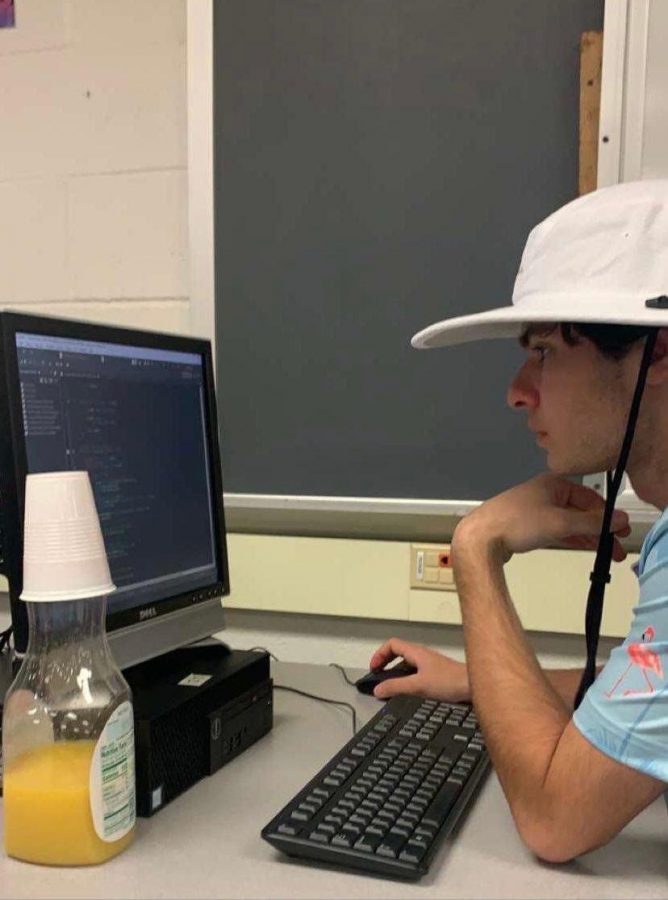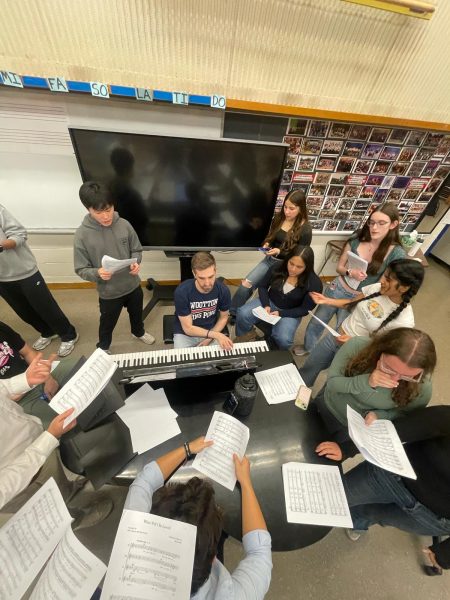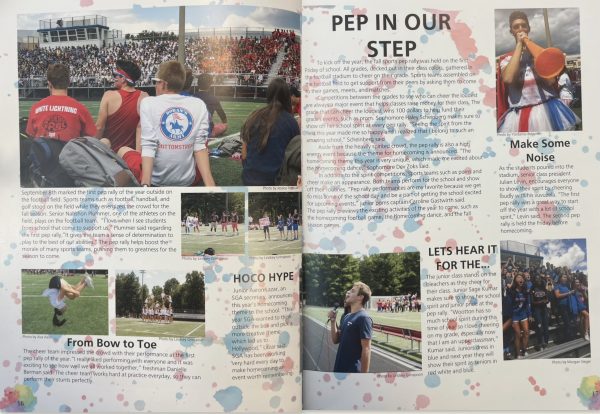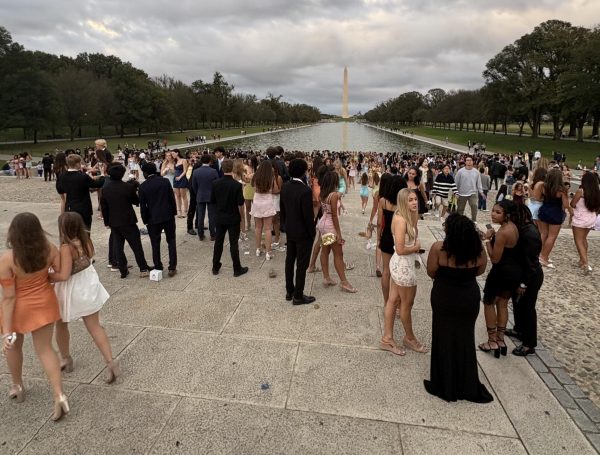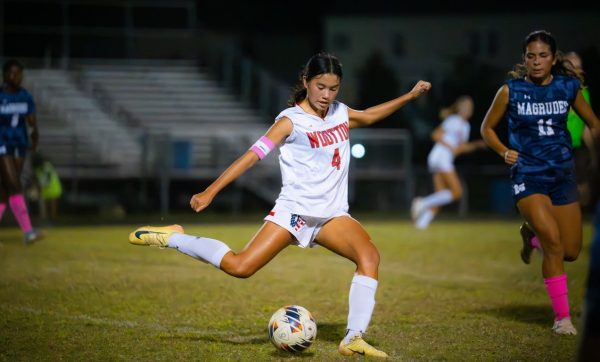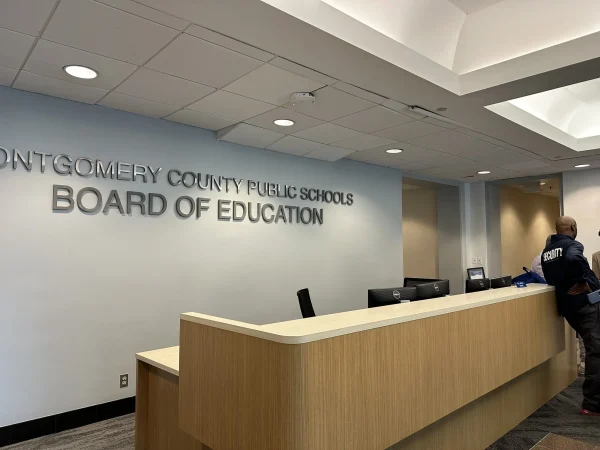The paradox of choice: Is 126 clubs too many?
Crypto Club president Luke Danielian preps for his monthly meeting.
On Sep. 22, 2022, the Club Expo showcased 126 extracurricular club booths in the Commons and gym, which was a decrease of 36 clubs from the 2021 school year. This decrease was due to the efforts of the extracurricular supervisors to abolish unnecessary and redundant clubs. However with 126 clubs still being offered, how effective has this agenda been?
For the current school year the Director of Extracurricular Activities (DEA) is chorus teacher Keith Schwartz. Schwartz’s duties as DEA include registering all the clubs at the beginning of the school year and dealing with any issues that arise. “Our goal is to eliminate repetitive clubs because sometimes clubs will overlap and a club will take away members from other clubs. All 126 clubs have completed at the minimum monthly meetings and have submitted bimonthly forms, which include any fundraisers or additional information that the clubs wish to share,” Schwartz said.
Repetition in clubs is a major issue because of the limited amount of meeting times. 97% of clubs meet during lunch or after school so concurrent club meetings are a frequent issue for students involved in multiple clubs. On a given Wednesday, 19 club meetings are scheduled for lunch. “I think that the school has a problem with the amount of clubs because I always have conflicts in my schedule. I will often have to choose between one club meeting over another and when I ask the presidents of the clubs they can never switch the date because of other club meetings on other days,” sophomore Argil Bilegsaikhan said.
Aside from the overlapping of meeting times, clubs are often extremely similar to each other and would see increased membership if the clubs united. In the Health and Wellness category of clubs, Future Doctors of America, Doctors in Training, the Nursing Club and Pediatric Medical Care Club all coexist. A super club where all these medical clubs combine together could also attract new members who don’t want to immediately jump into a niche subject. But these niche clubs can also offer a greater sense of community because of the aligned values in a smaller group setting. “As a freshman, being a part of clubs helped me feel more comfortable and welcome into high school. With the vast amount of options for clubs that our school has, I knew that there was a place for me,” freshman Diya Khetan said.
Finally, because of the highly competitive nature of the school, being a club president is highly sought after and many “fake” clubs can still exist. “A fake club is an extracurricular that is created solely for college applications and does the bare minimum amount of work and meetings. I believe that the majority of clubs here are fake and that we should eliminate those clubs and make sure only the greatest student leaders are club presidents,” senior and Crypto Club president Luke Danielian said.
Your donation will support the student journalists of Thomas S. Wootton High School. Your contribution will allow us to purchase equipment and cover our annual website hosting costs.
Mason is a 2023 graduate.


